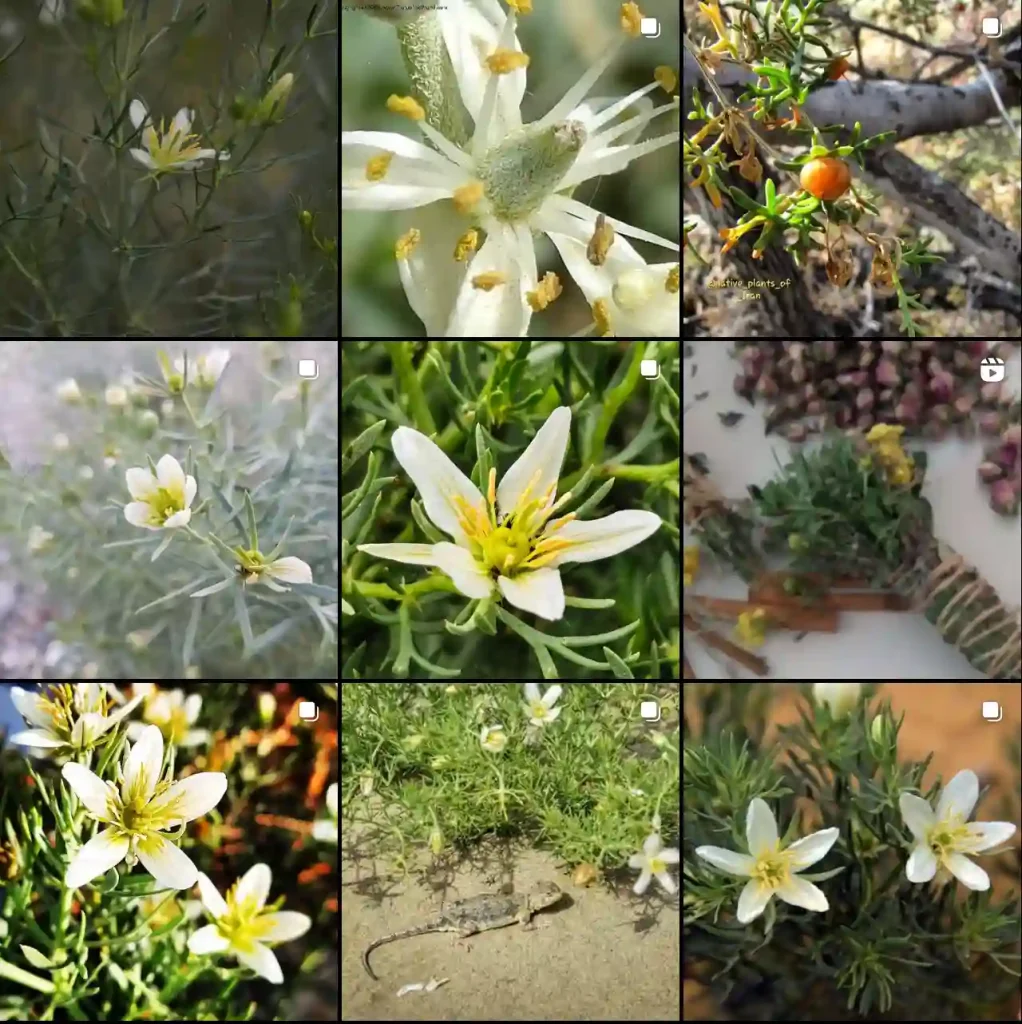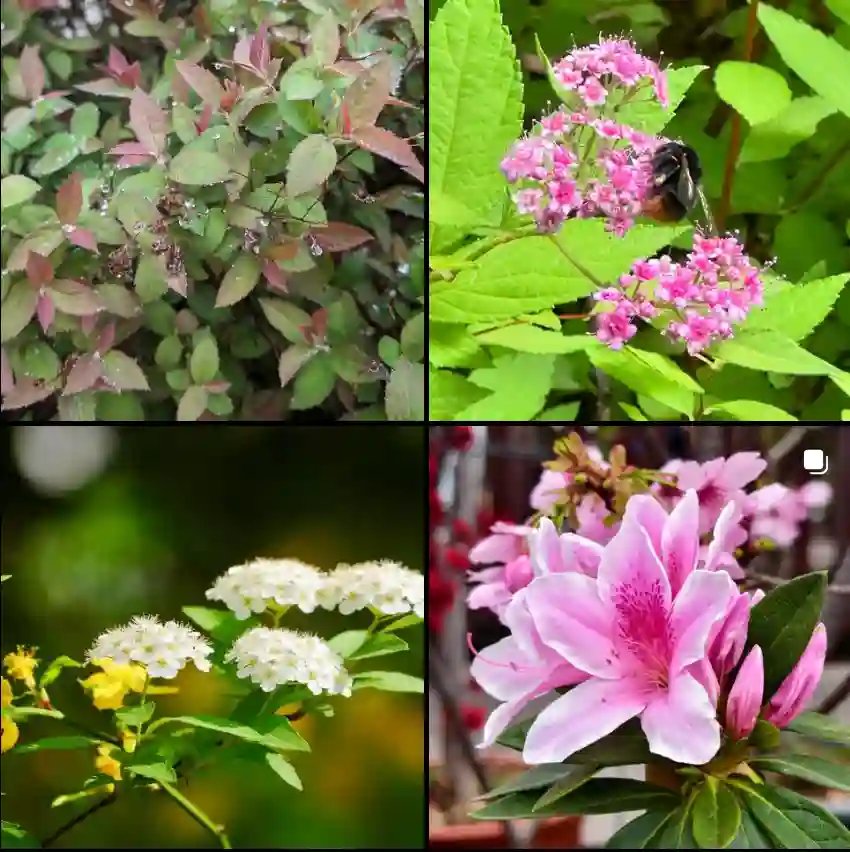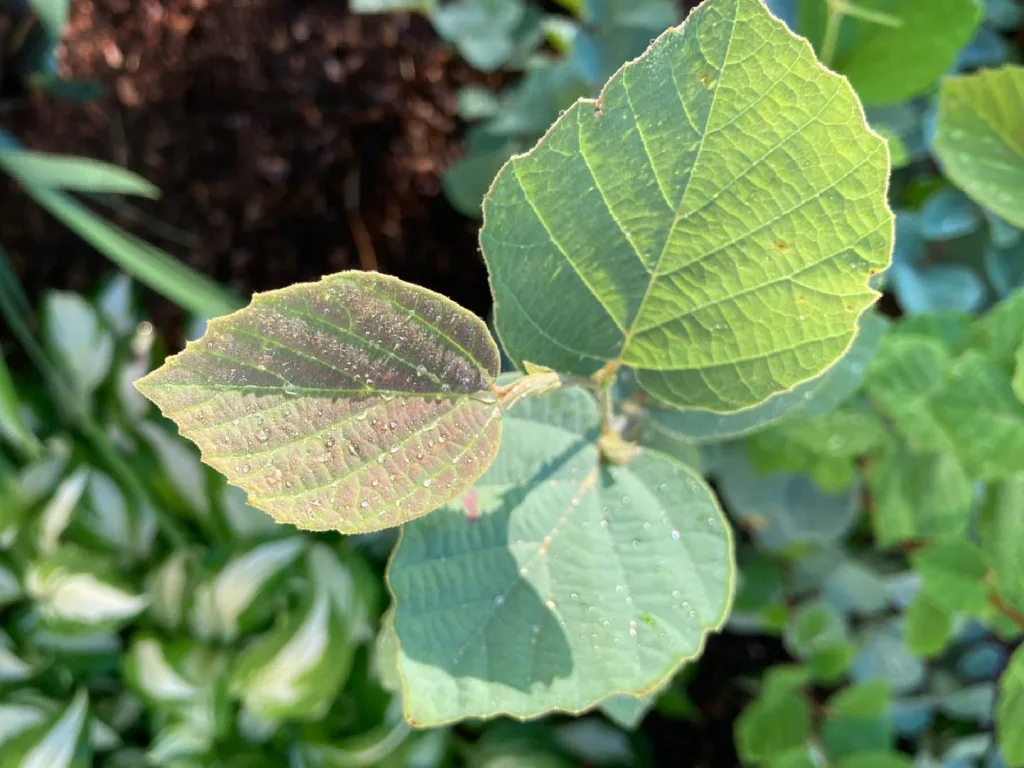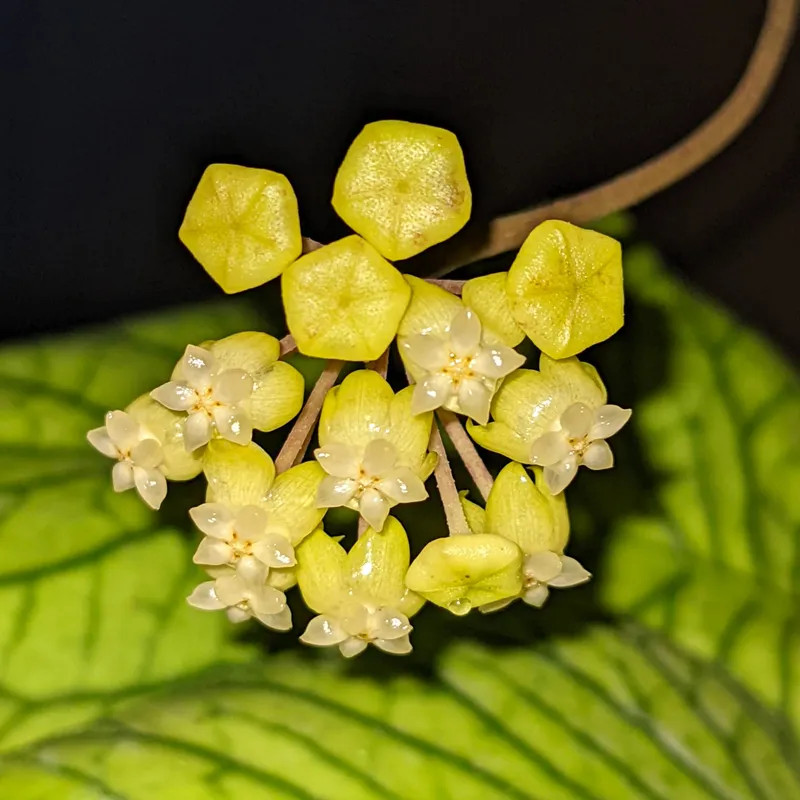Tephrocactus: My Prickly Passion
I’m Ferb Vu, and I have a confession. I’m obsessed with cacti. Not just any cacti, mind you. My heart belongs to the weird, wonderful, and often wooly world of Tephrocactus.
These plants belong to the Cactaceae family, but aren’t your typical towering saguaro or prickly pear. Tephrocactus are quirky, low-growing cacti native to Argentina. They’ve earned the nickname “paper spine cacti” thanks to their unique spines – sometimes flat, papery, and even hair-like. Some species look like miniature pine cones, others like otherworldly geometric shapes. They’re all fascinating in their own way.
What first drew me to Tephrocactus? It was their sheer oddness. In a world of perfectly symmetrical succulents, these guys stand out. Their segmented stems often grow in unexpected directions, creating a jumble of shapes that seems to defy gravity. And those spines! They can be long and needle-like, short and bristly, or even soft and feathery. The variety is simply astounding.
But my fascination goes beyond their looks. Tephrocactus are survivors. They thrive in the harsh, arid environments of the Andes Mountains, enduring intense sunlight, freezing temperatures, and strong winds. This resilience, this ability to flourish in the face of adversity, is something I find truly inspiring.
A Closer Look at the Species
The genus Tephrocactus includes a diverse cast of characters. Here are:
- Tephrocactus articulatus: This species is a classic, known for its cylindrical, segmented stems and long, papery spines. It’s sometimes called the “pine cone cactus” due to its resemblance to a closed pinecone.
- Tephrocactus alexanderi: This species is a bit more understated, with smaller, more elongated stems and fewer spines. But what it lacks in flashiness, it makes up for in hardiness. It’s one of the easiest Tephrocactus to grow, making it a great choice for beginners.
- Tephrocactus abditus D.J.Ferguson & Janeba
- Tephrocactus aoracanthus (Lem.) Lem.
- Tephrocactus aulacothele (F.A.C.Weber) R.Kiesling & Oakley
- Tephrocactus bonnieae (D.J.Ferguson & R.Kiesling) Stuppy
- Tephrocactus molinensis (Speg.) Backeb.
- Tephrocactus nigrispinus (K.Schum.) Backeb.
- Tephrocactus recurvatus (Gilmer & H.P.Thomas) D.R.Hunt & Ritz
- Tephrocactus verschaffeltii (Cels ex F.A.C.Weber) D.R.Hunt & Ritz
The Joys and Challenges of Cultivation
Growing Tephrocactus can be both rewarding and challenging. They require well-draining soil, plenty of sunlight, and careful watering. Overwatering is a common mistake that can lead to root rot, so it’s important to let the soil dry out completely between waterings.
But with the right care, these cacti will reward you with their unique beauty and resilience. And if you’re lucky, you might even get to see them bloom. Tephrocactus flowers are typically large and showy, with colors ranging from white and pink to orange and red. They’re a fleeting but spectacular sight, a reminder of the hidden beauty that can be found in even the most unexpected places.
Why I Keep Coming Back to Tephrocactus
For me, Tephrocactus represent more than just a horticultural hobby. They’re a source of constant fascination, a reminder of the diversity and resilience of life. They challenge me to be patient, observant, and attentive to their needs. And they bring a touch of the wild, the unexpected, into my everyday life.
So, if you’re looking for a plant that’s a little bit different, a little bit quirky, and a whole lot fascinating, I encourage you to give Tephrocactus a try. You might just find yourself falling in love with these prickly, peculiar plants, just like I did.
If i die, water my plants!



